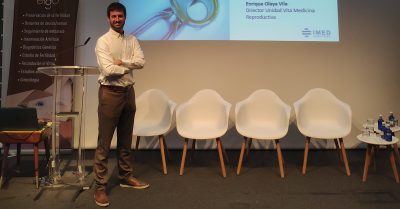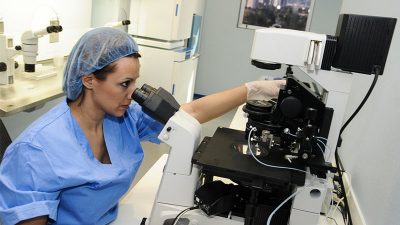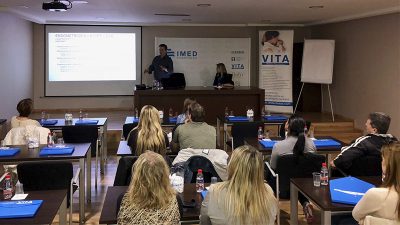Intrauterine hCG use to promote embryo implantation
Human Chorionic Gonadotrophin (hCG) is a hormone synthesised and released by the syncytiotrophoblast that plays a key role in embryo implantation and early pregnancy.
In recent years, the great advances in Assisted Reproduction Techniques have allowed the vast majority of In Vitro Fertilisation cycles to reach the embryo transfer stage. However, on some occasions, the proportion of embryos that finally implant may not be the desired one.
Correct embryo implantation remains one of the main obstacles to successful treatment. This is because it involves a complex process, in which the embryo must attach to and invade the uterine internal mucosa, the endometrium. And in turn, the previous preparation of this endometrium is crucial.
What does Chorionic Gonadotropin Hormone produce?
For cases of repeated implantation failure, numerous alternatives have been tried before and even after the transfer. One of the newest is the intrauterine instillation of Human Chorionic Gonadotropin Hormone a few days before the planned transfer date.
Human Chorionic Gonadotropin (hCG) is a hormone that is synthesised and released by the trophoblast, which is the tissue that will give rise to the placenta, and plays a fundamental role in embryo implantation and the first stages of pregnancy. Its detection is one of the first embryonic signals that precedes implantation by trophoblast invasion of the endometrium. It is called the “pregnancy hormone“.
Key results
Indeed, numerous studies have shown that intrauterine hCG administration increases the expression of adhesion molecules and may even improve endometrial vascularisation.
How is the pregnancy hormone administered?
The procedure itself is very simple, painless and without any side effects. It is performed two to four days before the scheduled date of the transfer, on an outpatient basis, with a catheter very similar to the one we will use later with the embryos. The instillation is performed in a few seconds, and the patient simply rests for a few minutes in the same consultation room.
Request more information




